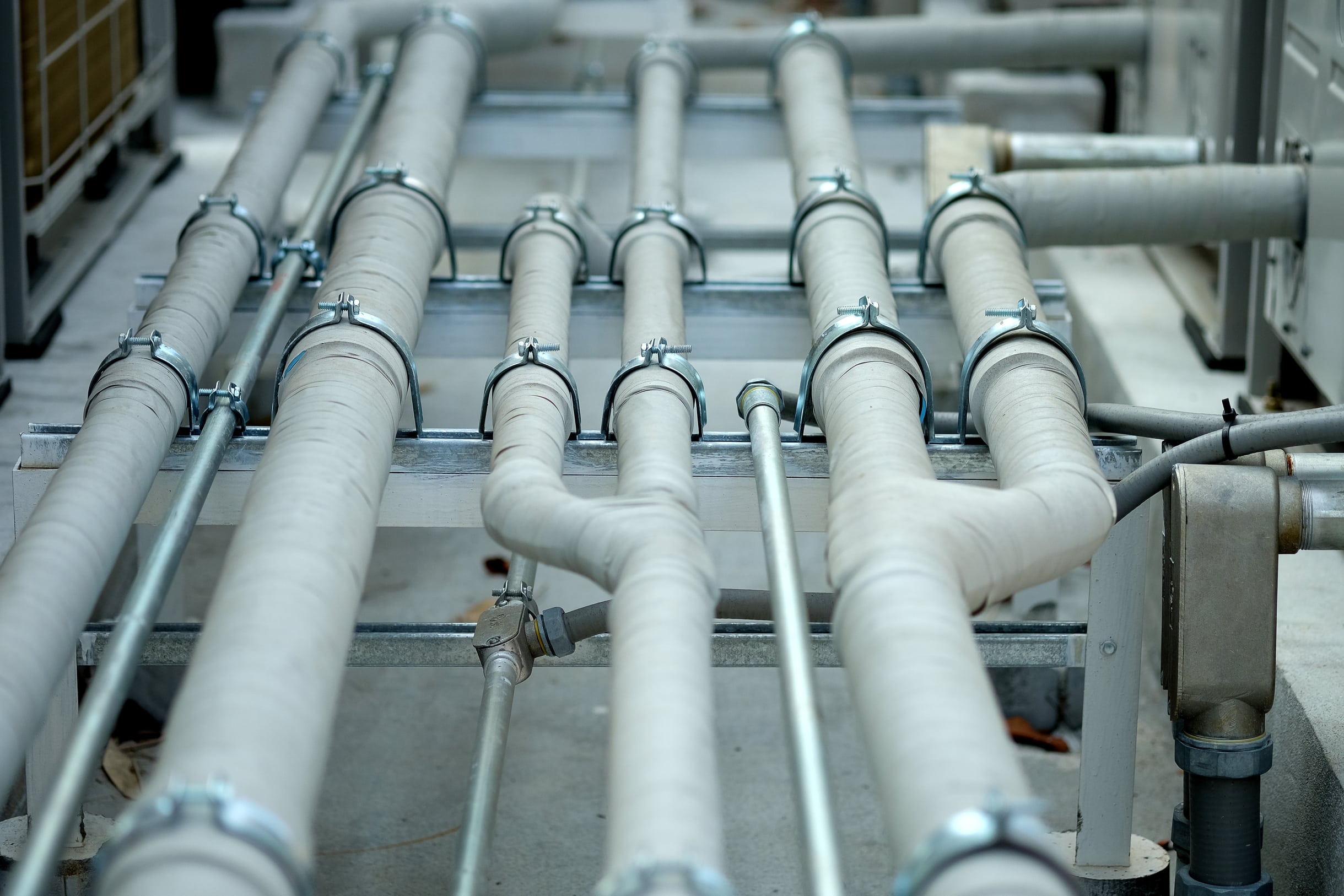Welcome to a comprehensive guide that will walk you through the process of installing a performance y-pipe exhaust on a Nissan GT-R. If your car is your baby, then it’s time to pamper it with a performance upgrade that will not only enhance its power but also give it that distinct rumble that is the signature of a high-performance vehicle. This upgrade will improve the engine’s power by increasing the flow and reducing the back-pressure in the exhaust. So, let’s dive into the step-by-step guide to replace your standard exhaust system with a performance y-pipe exhaust.
The Importance of a High-Flow Exhaust System
Before getting started on the project, it’s crucial to understand the significance of a high-flow exhaust system in your car’s performance. This will help you appreciate the magnitude of the upgrade you’re about to undertake. The exhaust system in your car plays a critical role in managing the flow of exhaust gases away from the engine. The quicker and more efficiently these gases are expelled, the better the engine performs.
En parallèle : How to Effectively Reduce Glare from Oncoming Traffic on a Jaguar XE’s Windshield?
A high-flow exhaust system, like the performance y-pipe exhaust, improves the flow of exhaust gases through a wider pipe and less restrictive bends. This reduces back-pressure, which can inhibit engine performance. By reducing back-pressure and improving flow, the engine is able to produce more power, and this ultimately translates to improved acceleration and top speed.
Choosing the Right Y-Pipe Exhaust for Your Nissan GT-R
When it comes to selecting the right y-pipe exhaust for your Nissan GT-R, there are several factors to consider. Notably, the material of the pipe plays a significant role in its performance and longevity. Typically, exhaust pipes are made of mild steel, stainless steel, or titanium. Each has its own set of benefits, but for a high-performance car like the Nissan GT-R, it’s best to go for a titanium or stainless steel pipe for their high-temperature and corrosion-resistant properties.
Lire également : How to Upgrade the Braking System on a SEAT Leon Cupra for High-Speed Deceleration?
You might want to consider the Litchfield y-pipe exhaust, specifically designed for the Nissan GT-R. Litchfield has a reputation for manufacturing high-performance exhaust systems, and their titanium y-pipe exhaust is no exception. It’s lightweight, offers superior flow, and gives your car that aggressive sound that you desire.
The Installation Process
Now that you’ve chosen the right y-pipe exhaust for your Nissan GT-R, it’s time to get your hands dirty and get to work. The installation process can be a little daunting, especially if this is your first time. However, with the right tools and a bit of patience, you will get through it.
Before you start, it’s important to ensure that the exhaust system is cool to avoid any burns. The first step involves removing the old exhaust system. With your Nissan GT-R up on a hydraulic lift or jack stands, locate the bolts holding the exhaust pipes in place and loosen them. Once the bolts are removed, you should be able to remove the old exhaust system easily.
The next step involves installing the new y-pipe exhaust. Start by placing the new gaskets on the downpipes, followed by the new y-pipe. Ensure that you align the holes in the gaskets with the holes on the y-pipe and tighten the bolts. Now, install the rear section of the exhaust system, ensuring that it aligns properly with the y-pipe. Once everything is aligned, tighten all the bolts to secure the exhaust system in place.
Fine-Tuning the New Exhaust System
After installing the new y-pipe exhaust, the next step involves fine-tuning the system to ensure optimal performance. This might involve adjusting the exhaust pipe’s position to make sure there is sufficient clearance around the pipe to prevent it from hitting other parts of the car and causing damage.
You might also need to adjust the control settings of the car’s engine management system to take full advantage of the improved flow and reduced back-pressure brought about by the new exhaust system. This could involve tweaking the air-fuel ratio settings, ignition timing, and other parameters. Some high-end performance exhaust systems like the Litchfield come with a custom engine tune to optimize the car’s performance with the new exhaust.
Maintaining the Y-Pipe Exhaust System
After the successful installation of your new y-pipe exhaust system, it’s essential to maintain it properly to ensure it continues to deliver peak performance. This involves regular checks for any signs of damage or wear and tear. If you notice any leaks, unusual noises, or a decrease in performance, these could be signs that your exhaust system needs attention.
In addition, if your y-pipe exhaust is made of titanium, it’s essential to keep it clean to maintain its aesthetic appeal. Use a mild detergent and soft cloth to clean the surface and remove any dirt or grime. Avoid using abrasive materials that can scratch the surface and damage the finish.
So there you have it. Now you know how to install and maintain a performance y-pipe exhaust on your Nissan GT-R. With this upgrade, you’ll enjoy enhanced flow, improved power, and the distinctive growl that comes with a high-performance exhaust system.
The Sound and Power Levels of Your Nissan GT-R Post Installation
Once your high-flow, y-pipe exhaust system has been properly installed and fine-tuned, you’ll notice an immediate difference in the sound and power levels of your Nissan GT-R. With the enhanced exhaust flow, the engine will roar to life with a distinctive growl that is synonymous with high-performance vehicles, making your GT-R the envy of every car enthusiast around.
The y-pipe exhaust system’s design ensures minimal exhaust gas restriction, allowing your engine to breathe better. In turn, this significantly improves your car’s horsepower and torque. You’ll experience an immediate surge in power levels, noticeable when you hit the accelerator.
Furthermore, the quality materials used for your new exhaust system, whether it is stainless steel or titanium, will ensure a long-lasting, high-quality sound. A titanium exhaust, in particular, is known for creating a deeper, more resonant sound that is highly desirable. High-quality stainless steel, on the other hand, will produce a crisp, clear exhaust note that is equally appealing.
The upgrade to a performance y-pipe exhaust system will also enhance your Nissan GT-R’s throttle response. The improved exhaust flow allows the car to respond more quickly and smoothly to throttle inputs. This will give you a more exhilarating driving experience, whether you’re cruising on the open road or tearing it up on the race track.
Conclusion: Unleashing the Beast Within Your Nissan GT-R
Upgrading your Nissan GT-R with a performance y-pipe exhaust system is one of the best ways to unleash the beast within your car. By enhancing exhaust flow and reducing back pressure, you’re giving your engine the freedom to perform at its absolute best.
Sound is a significant part of the driving experience, and nothing compares to the growl of a high-performance engine. Whether it’s the deep resonance of a titanium exhaust or the crisp note of stainless steel, your Nissan GT-R will sound as impressive as it performs.
But it’s not just about the sound. This upgrade significantly boosts your Nissan GT-R’s power levels, giving you an edge whether you’re on the street or the track. The enhanced throttle response will make your car feel more agile and responsive, making every drive more exhilarating.
And let’s not forget that the sleek look of a well-crafted y-pipe exhaust system can significantly enhance your Nissan GT-R’s aesthetic appeal. Whether it’s a gleaming stainless-steel system or a stylish titanium one, it’s sure to turn heads wherever you go.
But remember, installing a performance y-pipe exhaust system is not a one-time job. It requires regular maintenance to keep it in peak condition. With proper care, your new exhaust system will continue to deliver high performance and distinct sound for years to come.
So gear up, get your tools, and prepare to give your Nissan GT-R the upgrade it deserves. You’re not just installing an exhaust system; you’re ushering in a whole new era of performance, sound, and power for your beloved car. As you hit the road with your upgraded Nissan GT-R, you’ll know that every minute spent on this project was worth it. Happy driving!










